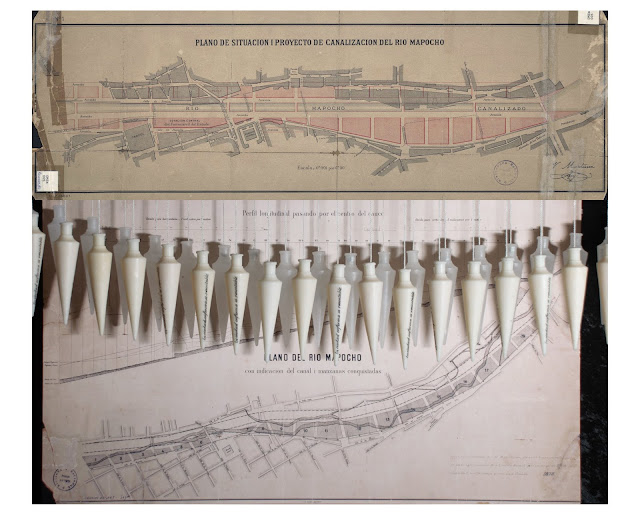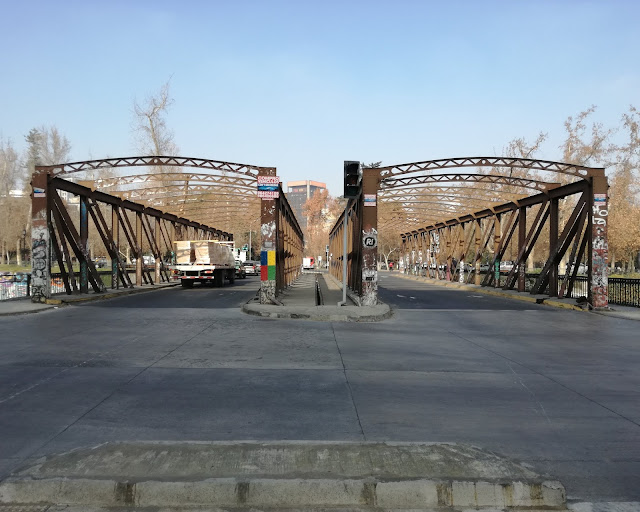AAA Anonymous Appropriations of Anomie

Anonymous Appropriations of Anomie (AAA) Online news and Google Street View are retrievable indices of normality. Collapsing distance and time, Social Media registers our normal personal lives. How might an A-normality translate into zeroes and ones? In my temporary interventions in public space I investigate a cultural-historic specificity of use. I use digital technology to index appropriation and to register my re-appropriation of this space and use. AAA will index the corporeal and visceral experience in the re-appropriation of public space by two A-normalities in Santiago, Chile. Plaza Baquedano, the epicentre of the 2019 October Social Crisis [1] (O-18) in Chile, hosted 150 nights of what were called protests – burning barricades, looting, arson and vespertine attacks on the Police. 80% of businesses were closed, all pedestrian infrastructure destroyed, 12 buildings immolated and Metro station Baquedano made a burning Proletariat quarry for projectiles and M...



